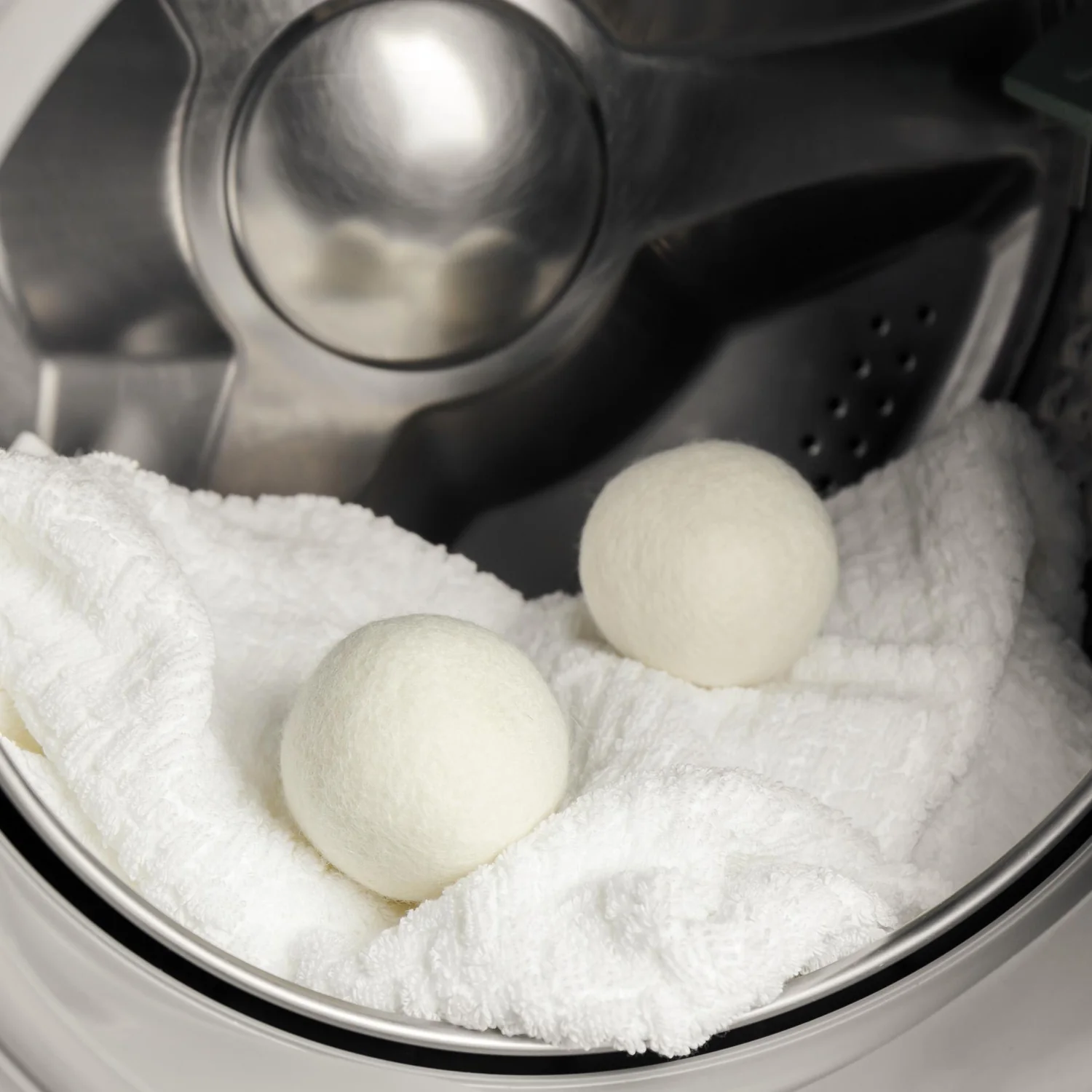

Articles
How To Prevent Static In Dryer
Modified: October 19, 2024
Learn effective tips to prevent static in your dryer with our informative articles. Say goodbye to clingy clothes and static electricity!
(Many of the links in this article redirect to a specific reviewed product. Your purchase of these products through affiliate links helps to generate commission for Storables.com, at no extra cost. Learn more)
Introduction
Static in dryers can be a frustrating issue that many people encounter when doing laundry. It’s that annoying cling, the crackling sound, and the clothes sticking together that can make the drying process less than enjoyable. Fortunately, there are several ways to prevent static in dryers and keep your clothes static-free.
Static electricity occurs when there is an imbalance of electric charges on the surface of an object. In the case of dryers, static can be generated due to the friction between clothes, as well as the interaction of different fabrics and materials. This static electricity can cause clothes to stick together, make them difficult to handle, and even lead to potential hazards such as sparks or shocks.
Understanding the causes and effects of static in dryers is key to finding effective prevention measures. In this article, we will explore the various reasons why static occurs, the consequences it can have on your laundry, and provide practical tips to prevent static in dryers.
Key Takeaways:
- Say goodbye to static cling by using dryer sheets or fabric softeners to neutralize static charges and keep your clothes fresh and soft.
- Hang your clothes to dry, add moisture to the dryer, separate natural and synthetic fibers, and avoid over-drying to minimize static buildup and enjoy static-free laundry.
Understanding Static in Dryers
Static electricity is generated when two objects rub against each other, causing electrons to transfer from one surface to another. This transfer creates an electric charge imbalance, resulting in static buildup. In dryers, the tumbling action and friction between clothes create an ideal environment for static to occur.
When clothes are dried in a dryer, they rub against each other and against the interior of the machine. This rubbing action can strip the clothes of their natural moisture, leaving them dry and prone to static electricity. In addition, different fabric types, such as synthetic materials like polyester or nylon, are more likely to generate static compared to natural fibers like cotton or wool.
In some cases, static can occur even before the clothes are placed in the dryer. If clothes are dried outdoors on a line and then brought inside to finish drying in the dryer, static can be generated due to the friction between the fabric and the outdoor elements like wind and air.
It’s important to note that static in dryers is not harmful to your clothes, but it can be a nuisance. However, excessive static can lead to clothes sticking together, making them difficult to separate, fold, or iron. Additionally, the presence of static may cause discomfort when wearing clothes, as they can cling to the body or create static shocks.
To prevent static in dryers, it’s crucial to tackle the root causes and take preventive measures to minimize the buildup of static electricity during the drying process. By understanding why static occurs and how it can affect your laundry, you can effectively implement strategies to keep static at bay and ensure your clothes come out of the dryer soft, fresh, and static-free.
Causes of Static in Dryers
Static in dryers can be caused by a combination of factors, ranging from the properties of the fabrics being dried to the drying conditions and even the type of dryer itself. Understanding these causes can help you take the necessary steps to prevent static from occurring in your dryer. Let’s explore some common causes of static in dryers:
- Fabric Types: Some fabrics are more prone to generating static electricity than others. Synthetic materials like polyester, nylon, and acrylic are known to create static due to their non-conductive properties. These fabrics have a higher tendency to accumulate charge during drying, leading to static cling.
- Dry Air: Dry air is a common culprit of static generation. When the air inside the dryer is lacking moisture, it increases the chances of static buildup on clothes. This is especially true during the winter months when indoor heating tends to reduce humidity levels.
- Over-Drying: Leaving clothes in the dryer for an extended period can contribute to static. Over-drying can deprive fabrics of moisture, making them more susceptible to generating static electricity. It’s important to remove clothes promptly once they are fully dry to prevent static buildup.
- Mixing Fabric Types: Mixing different fabric types in the same load can exacerbate static cling. As mentioned earlier, synthetic fabrics are more prone to static, so when they come into contact with natural fibers like cotton or wool, it can increase the likelihood of static electricity being generated.
- Friction: The tumbling action of the dryer and the rubbing of clothes against each other and the dryer’s drum creates friction, which in turn generates static electricity. The amount of friction depends on the load size, fabric types, and the drying cycle selected, all of which can impact the occurrence of static.
By identifying the causes of static in dryers, you can take the necessary precautions to minimize its occurrence. Implementing preventive measures, as we will discuss later, can help to eliminate or significantly reduce static electricity, ensuring your clothes come out of the dryer fresh and static-free.
Effects of Static in Dryers
Static in dryers can have several undesirable effects on your laundry, making it important to address the issue and prevent static buildup. Let’s take a look at some common effects of static in dryers:
- Static Cling: One of the most notable effects of static in dryers is the clinginess it creates between clothes. Static electricity causes the fibers in garments to stick together, making it difficult to separate individual items. This can be frustrating and time-consuming when you’re trying to fold or iron your clothes.
- Difficulty in Wear: Clothes that have been affected by static cling may not feel comfortable when worn. They can stick to the body, creating an uncomfortable and unflattering appearance. It can be particularly annoying when wearing skirts, dresses, or lightweight fabrics that tend to cling due to static electricity.
- Static Shocks: In some cases, static buildup can result in small electric shocks when handling clothes. This can occur when you touch or pull apart static-laden garments, causing a sudden discharge of static electricity. While these shocks are usually harmless, they can be surprising and unpleasant.
- Poor Appearance: When clothes are affected by static, they may look wrinkled or misshapen. The clinging caused by static can create wrinkles and folds in fabrics, leaving your clothes looking less than their best. This can be especially problematic if you are trying to present a polished and professional appearance.
- Inconvenience: Dealing with static in dryers can be simply inconvenient. Having to manually separate clothes stuck together or constantly experiencing static shocks can slow down the laundry process and make it more labor-intensive.
Overall, the effects of static in dryers can be frustrating and impact the quality and appearance of your clothing. However, by implementing preventive measures and adopting strategies to minimize static buildup, you can ensure that your clothes come out of the dryer fresh, soft, and static-free.
Tips for Preventing Static in Dryers
Preventing static in dryers requires a combination of techniques to minimize the buildup of static electricity. By incorporating these tips into your laundry routine, you can keep your clothes free from static cling. Here are some practical tips for preventing static in dryers:
- Use Dryer Sheets or Fabric Softeners: Dryer sheets or fabric softeners are designed to reduce static cling in clothes. These products contain ingredients that help to neutralize static charges, making garments feel softer and easier to handle. Simply add a dryer sheet or a capful of fabric softener to your dryer with each load.
- Hang Clothes to Dry: If the weather permits, consider air-drying your clothes instead of using the dryer. Hanging clothes to dry can reduce the friction and rubbing that occur in the dryer, minimizing static buildup. This method is particularly effective for delicate fabrics that are more prone to static electricity.
- Add Moisture to the Dryer: Lack of moisture in the air is a common cause of static in dryers. To combat this, you can add moisture to the dryer by placing a damp towel or a reusable dryer ball in with your clothes. Alternatively, you can lightly mist your clothes with water before placing them in the dryer.
- Separate Natural and Synthetic Fibers: Sorting your laundry by fabric type can help reduce static cling. Synthetic fabrics like polyester or nylon generate more static than natural fibers like cotton or wool. Separating these materials can prevent static electricity from transferring between garments.
- Avoid Over-drying: Over-drying clothes can make them more susceptible to static buildup. Take your clothes out of the dryer as soon as they are dry to the touch. Leaving them in the dryer for too long can remove moisture and increase the chances of static cling.
- Remove Clothes Promptly: Promptly removing your clothes from the dryer after the drying cycle is complete can minimize static buildup. Letting them sit in the dryer for an extended period allows them to cool down, which can contribute to static cling.
- Clean the Dryer Regularly: A clean dryer can help reduce static in your laundry. Over time, lint and residue from dryer sheets can accumulate in the dryer drum and vents. Regularly cleaning these areas can improve air circulation and prevent static buildup.
By following these tips, you can significantly reduce static in your dryer and keep your clothes static-free. Experiment with different strategies to find the combination that works best for you and your laundry needs.
Read more: What Is Static Grass
Use Dryer Sheets or Fabric Softeners
One of the simplest and most commonly used methods to prevent static in dryers is to use dryer sheets or fabric softeners. These products are designed to reduce static cling in clothes by neutralizing the buildup of static electricity. Here’s how they work and how you can effectively use them:
Dryer sheets are thin sheets of fabric infused with various chemicals that help eliminate static electricity. As the dryer heats up, the heat activates these chemicals, releasing them into the hot air. The chemicals then coat the clothes, reducing friction and static cling. Fabric softeners, on the other hand, are liquid or sheet form additives that work by coating the fabric fibers, making them feel softer and less prone to static buildup.
Using dryer sheets or fabric softeners is simple. When loading your clothes into the dryer, simply place a dryer sheet or a capful of liquid fabric softener along with the laundry. The heat from the dryer will activate the chemicals and distribute them onto the clothes, reducing static cling and leaving them soft and fresh. Remember to follow the instructions provided by the manufacturer on the packaging for best results.
It’s worth noting that some people may have sensitivities or allergies to certain chemicals found in dryer sheets and fabric softeners. If you or someone in your household experiences any adverse reactions, consider using alternative methods to prevent static in your dryer.
If you prefer a more natural approach, there are also eco-friendly dryer sheet options available that are free from chemicals and fragrances. These environmentally friendly alternatives typically use plant-based ingredients to reduce static cling.
It’s important to keep in mind that while using dryer sheets or fabric softeners can be effective in reducing static, they may not completely eliminate static cling, especially with clothing made of synthetic materials. In such cases, it may be necessary to combine the use of dryer sheets with other preventative measures or consider alternative methods of static prevention.
By using dryer sheets or fabric softeners, you can enjoy soft, fresh-smelling laundry that is free from static cling. Incorporate this simple step into your laundry routine and say goodbye to frustrating static electricity in your dryer.
Hang Clothes to Dry
If you want to prevent static in your dryer, one effective method is to hang your clothes to dry instead. Air-drying your clothes can significantly reduce the friction and rubbing that occur in the dryer, minimizing static buildup. Here’s how you can effectively hang your clothes to dry and enjoy static-free laundry:
Firstly, choose a suitable area to hang your clothes. It can be an outdoor clothesline, an indoor drying rack, or even a shower curtain rod. Ensure that the space has good air circulation and is free from excessive humidity to facilitate the drying process.
Before hanging your clothes, give them a gentle shake to loosen any fabric fibers and prevent excessive wrinkles. Smooth out the garments with your hands to minimize wrinkles further. Hang each item separately to allow adequate airflow between the clothes and prevent them from touching, which can reduce the chances of static buildup.
Hang lightweight garments, such as t-shirts or blouses, upside down by the hem to prevent stretching and distortion. For heavier items like jeans or pants, hang them by the waist or use clothespins to secure them in place. Be mindful of delicate fabrics that may stretch or lose their shape when hung, and consider laying them flat to dry instead.
When hang-drying clothes, it’s important to choose a well-ventilated area. Avoid drying clothes in a damp basement or closed-off room, as the lack of airflow and high humidity can slow down the drying process and potentially lead to a musty odor.
Keep in mind that air-drying clothes may take longer compared to using a dryer. Plan ahead and allow ample time for your clothes to dry completely. Avoid hanging clothes in direct sunlight, as prolonged exposure to the sun’s rays can fade or damage certain fabrics.
While hang-drying clothes is an effective method to prevent static, it may not be suitable for all situations or fabric types. Delicate or heavily wrinkled items might require a quick tumble in the dryer on a low heat setting or a gentle steam ironing after air-drying to restore their shape and remove any remaining wrinkles.
By opting to hang your clothes to dry, you can reduce the chances of static cling and keep your laundry fresh and static-free. This method is particularly beneficial for lighter fabrics and delicate garments that are more susceptible to static electricity. Incorporate air-drying into your laundry routine and enjoy the benefits of static-free clothes.
To prevent static in the dryer, add a dryer sheet or wool dryer balls to the load. These will help reduce static cling and leave your clothes feeling soft.
Add Moisture to the Dryer
Adding moisture to your dryer is another effective way to combat static and prevent static buildup in your clothes. By increasing the moisture level in the dryer, you can reduce the dryness that contributes to static electricity. Here are some tips on how to add moisture to your dryer and achieve static-free laundry:
One method to add moisture to the dryer is to place a damp towel or cloth in the drum along with your clothes. The dampness from the towel will release moisture into the air as the dryer heats up, creating a more humid environment. This added moisture helps to neutralize static charges and reduce static cling in your clothes.
Another option is to use reusable dryer balls or wool dryer balls. These balls help to separate the clothes and allow better airflow, reducing static buildup. Additionally, they help to fluff and soften the fabrics, reducing the likelihood of static cling. To maximize their effect, you can lightly dampen the dryer balls with water before tossing them into the dryer.
You can also try lightly misting your clothes with water before putting them in the dryer. Simply fill a spray bottle with water and give your clothes a gentle spritz. The added moisture will help to reduce static buildup during the drying process. Be careful not to saturate the clothes, as excessive moisture may prolong drying time.
It’s important to note that while adding moisture can help prevent static, excessive moisture can lead to other issues such as extended drying times or even mildew growth in the dryer. It’s best to experiment with these techniques and find the right balance of moisture for your specific dryer and laundry needs.
If you have a steam setting on your dryer, you can take advantage of it to add moisture. Simply follow the manufacturer’s instructions to use the steam function, which infuses a controlled amount of steam into the dryer. This not only helps to reduce static cling but also helps to freshen and soften the fabrics.
By adding moisture to your dryer, you can create a more humid environment that minimizes static buildup in your clothes. Whether through damp towels, dryer balls, misting, or using the steam function, these methods can effectively counteract the dryness that contributes to static electricity. Experiment with different techniques to find the best moisture-adding method for your needs and enjoy static-free laundry.
Separate Natural and Synthetic Fibers
When it comes to preventing static in dryers, one important tip is to separate natural and synthetic fibers during the drying process. This is because different fabric types can generate varying levels of static electricity. By sorting your laundry and drying them separately, you can minimize the chances of static cling. Here’s how to effectively separate natural and synthetic fibers to prevent static buildup:
Start by sorting your laundry into two distinct piles – one for natural fibers such as cotton, linen, or wool, and another for synthetic fibers like polyester, nylon, or acrylic. This separation is essential because synthetic fibers tend to generate more static than natural fibers due to their non-conductive properties.
Drying natural fibers separately from synthetic fibers helps to reduce the friction and interaction between the different fabric types, which can lead to static buildup. By keeping them apart, you minimize the transfer of static charges, resulting in significantly less static cling in your clothes.
It’s important to note that certain blended fabrics, such as a cotton-polyester blend or a wool-acrylic blend, may contain both natural and synthetic fibers. In these cases, it’s best to examine the fabric content labels or consult the manufacturer’s instructions to determine which category the fabric falls into. If the blend contains a significant proportion of synthetic fibers, it’s advisable to treat it as a synthetic fabric and separate it accordingly.
An additional benefit of separating natural and synthetic fibers is that it helps to optimize the drying time for different fabric types. Natural fibers generally require less drying time compared to synthetic fibers, as they tend to absorb and release moisture more efficiently. By drying them separately, you can ensure that both fabric types are dried to their optimal level without over-drying or under-drying either.
Keep in mind that while separating natural and synthetic fibers can help reduce static cling, it’s not a foolproof method. Depending on the specific fabrics and their individual characteristics, some static may still occur. To further prevent static, consider incorporating other preventive measures such as using dryer sheets, adding moisture to the dryer, or adjusting the drying time and temperature.
By taking the time to separate natural and synthetic fibers in your laundry, you can significantly reduce static buildup and enjoy static-free clothes. This simple step, combined with other prevention strategies, can help ensure that your clothes come out of the dryer soft, fresh, and static-free.
Avoid Over-drying
Over-drying your clothes in the dryer not only wastes energy but also contributes to static buildup. Excessive drying can strip the fabrics of their natural moisture, leaving them dry and more prone to static electricity. To prevent static and keep your clothes in optimal condition, it’s important to avoid over-drying. Here are some tips to help you achieve the perfect drying time:
Firstly, start by setting the appropriate drying time for your load. Most dryers offer a range of preset drying cycles based on fabric type and load size. Refer to the manufacturer’s instructions or the dryer’s control panel to select the suitable cycle for your specific load. Opting for a shorter drying time can help retain some moisture in the clothes, reducing static buildup.
Keep in mind that drying times provided by the dryer are estimates and can vary based on various factors. The load size, fabric thickness, and even the ambient humidity levels can all influence the drying time required. It’s important to periodically check the progress of your clothes during the drying cycle to ensure they are not being over-dried.
To determine whether your clothes are dry enough, use your senses and perform a manual check. Take a few items out of the dryer and touch them to assess their dryness. If they feel slightly damp but are not dripping wet, they are likely ready to be removed from the dryer. Remember, leaving a small amount of moisture in the clothes can help reduce static cling.
Another helpful technique is to avoid overloading the dryer. An overcrowded dryer restricts airflow and hampers the drying process. The lack of airflow can lead to longer drying times, increasing the chances of over-drying and static buildup. By filling the dryer to an appropriate capacity, you allow for sufficient air circulation and ensure even drying.
Additionally, consider using the moisture sensor feature if available in your dryer. This sensor measures the moisture levels in the drying load and automatically shuts off the drying cycle once the clothes are dry. Using this feature can help prevent over-drying and minimize static cling.
By avoiding over-drying your clothes, you not only save energy but also reduce the risk of static electricity. By retaining some moisture in the fabrics, you can minimize static buildup and keep your clothes soft and static-free. Remember to adjust the drying time, check the dryness manually, avoid overloading the dryer, and utilize moisture sensor features to achieve the perfect drying outcome.
Remove Clothes Promptly
Removing your clothes promptly from the dryer is an often overlooked but essential step in preventing static buildup. When clothes are left in the dryer for an extended period after the drying cycle has finished, they can cool down and become more susceptible to static cling. To minimize static and keep your clothes in optimal condition, it’s important to remove them promptly. Here are some reasons why timely removal is crucial and tips to help you stay on top of your laundry:
When clothes are left sitting in the dryer, they can cool down and become static-prone. This is because as the temperature drops, the moisture that is present in the fabrics can evaporate, leaving the clothes drier and more prone to generating static electricity. By promptly removing the clothes, you can reduce the chances of static buildup and ensure the garments remain as static-free as possible.
To make sure you don’t forget about your clothes in the dryer, set a timer or an alarm that reminds you when the drying cycle is complete. This way, you can promptly attend to your laundry and prevent unnecessary static cling.
When removing clothes from the dryer, handle them with care to prevent further static buildup. If possible, touch the clothes with slightly damp hands as the moisture on your skin can help neutralize static charges. Additionally, consider using an anti-static spray or a homemade anti-static solution, which can be made by diluting fabric softener with water in a spray bottle. Lightly misting the clothes before removing them from the dryer can help reduce static cling.
After removing the clothes from the dryer, give them a gentle shake to loosen any potential static cling. This simple action can help separate the garments and dislodge any static-affected fibers, minimizing the chances of their reattachment.
Once the clothes are removed from the dryer, fold, hang, or lay them flat without delay. By promptly organizing your clothes, you prevent them from sitting in a crumpled state for too long, which can lead to wrinkles and make the static cling more pronounced. Properly storing your clothes after drying will help maintain their appearance and reduce the need for excessive ironing or steaming.
By removing your clothes promptly from the dryer, you can minimize static buildup and ensure your garments come out soft, fresh, and static-free. Set reminders, handle clothes with care, use anti-static sprays if desired, and promptly organize your laundry to keep static at bay and simplify your clothing care routine.
Clean the Dryer Regularly
Regular cleaning of your dryer is an important step in preventing static buildup and ensuring its optimal performance. Over time, lint, residue, and even fabric softener deposits can accumulate inside the dryer, affecting its airflow and contributing to static electricity. By keeping your dryer clean, you can minimize static and maintain the efficiency of the machine. Here are some tips on how to clean your dryer effectively:
1. Start by cleaning the lint trap or lint filter after every drying cycle. The lint trap collects lint and debris from your clothes, preventing them from clogging the dryer vent. Remove the lint buildup from the trap by hand or use a soft brush to gently brush off any residual lint. This simple step allows for better airflow and reduces the risk of excessive lint buildup, which can hamper drying efficiency and contribute to static cling.
2. Periodically check and clean the dryer vent and ductwork. Lint can accumulate in the vent and ducts over time, potentially creating a fire hazard and obstructing proper ventilation. Disconnect the dryer from the power source and detach the vent from the back of the dryer. Use a long flexible brush or a vacuum cleaner with a hose attachment to remove lint from the vent and ductwork. Ensure that the vent is clear and free from any obstructions before reattaching it.
3. Remove any residue or fabric softener buildup from the dryer drum. Fabric softener sheets and liquid fabric softeners can leave a sticky residue on the drum that can contribute to static cling. Clean the drum by wiping it with a damp cloth soaked in a mild detergent solution. Be careful not to use abrasive materials or harsh chemicals that can damage the drum’s surface.
4. Consider cleaning the dryer’s blower and heat ducts. Over time, these components can accumulate dust, lint, and debris, impairing the drying efficiency and potentially contributing to static buildup. Consult the manufacturer’s instructions or seek professional help if necessary for guidance on how to safely access and clean these areas.
5. If your dryer has removable lint filters, give them a thorough cleaning every few months. Soak the filters in warm water and a mild detergent to remove any fabric softener buildup. Rinse them thoroughly and allow them to dry completely before reinserting them into the dryer.
By regularly cleaning your dryer, you can remove accumulated lint, residue, and fabric softener deposits, ensuring proper airflow and reducing the risk of static buildup. Incorporate these cleaning tasks into your laundry routine to keep your dryer in top condition and enjoy static-free clothes.
Conclusion
Static in dryers can be a frustrating issue that leads to clingy and uncomfortable clothes. However, by understanding the causes of static and implementing preventive measures, you can effectively minimize static buildup and keep your clothes static-free. Here is a summary of the key points discussed in this article:
Static in dryers is caused by the friction and interaction between clothes during the drying process. Synthetic fabrics, dry air, over-drying, mixing fabric types, and friction contribute to static buildup. The effects of static include static cling, discomfort when wearing clothes, static shocks, and a poor appearance of the garments.
To prevent static in dryers, there are several strategies you can implement:
- Using dryer sheets or fabric softeners can help neutralize the static charges in clothes.
- Hanging clothes to dry can reduce friction and static buildup.
- Adding moisture to the dryer by using damp towels, dryer balls, misting, or the steam function can minimize static cling.
- Separating natural and synthetic fibers during drying can prevent static transfer between different fabric types.
- Avoiding over-drying clothes helps to retain some moisture and reduce static buildup.
- Removing clothes promptly from the dryer minimizes further static cling.
- Regularly cleaning the dryer, including lint traps, vents, ducts, and the drum, ensures proper airflow and reduces the risk of static buildup.
By implementing these tips, you can significantly reduce static in your dryer and enjoy static-free clothes. Remember to experiment with different strategies to find what works best for you and your laundry needs. Additionally, always follow the manufacturer’s instructions for your specific dryer model and fabric care recommendations.
Now that you have a comprehensive understanding of static in dryers and effective prevention methods, you can say goodbye to static cling and enjoy fresh, soft, and static-free clothes with every drying cycle.
Frequently Asked Questions about How To Prevent Static In Dryer
Was this page helpful?
At Storables.com, we guarantee accurate and reliable information. Our content, validated by Expert Board Contributors, is crafted following stringent Editorial Policies. We're committed to providing you with well-researched, expert-backed insights for all your informational needs.
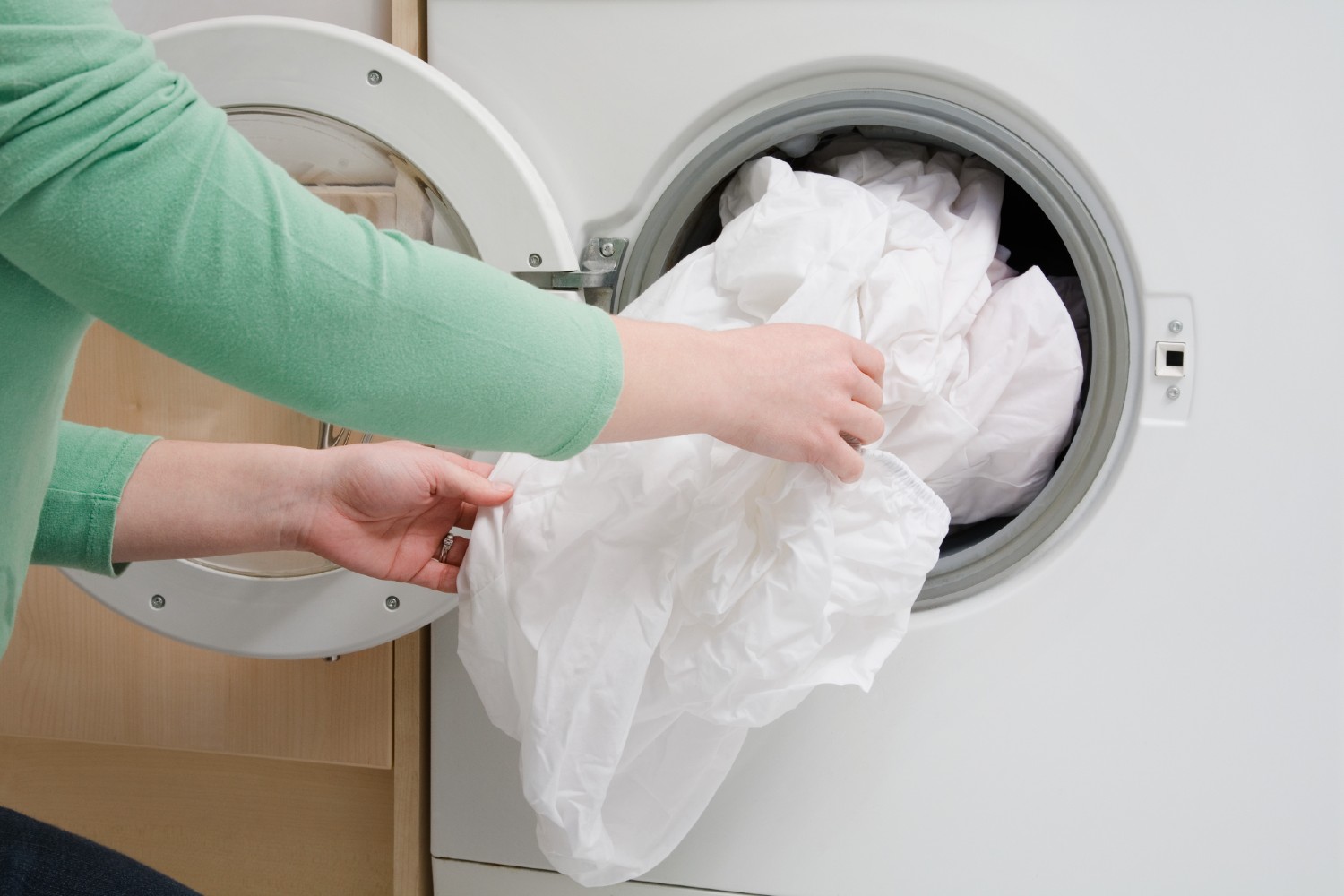

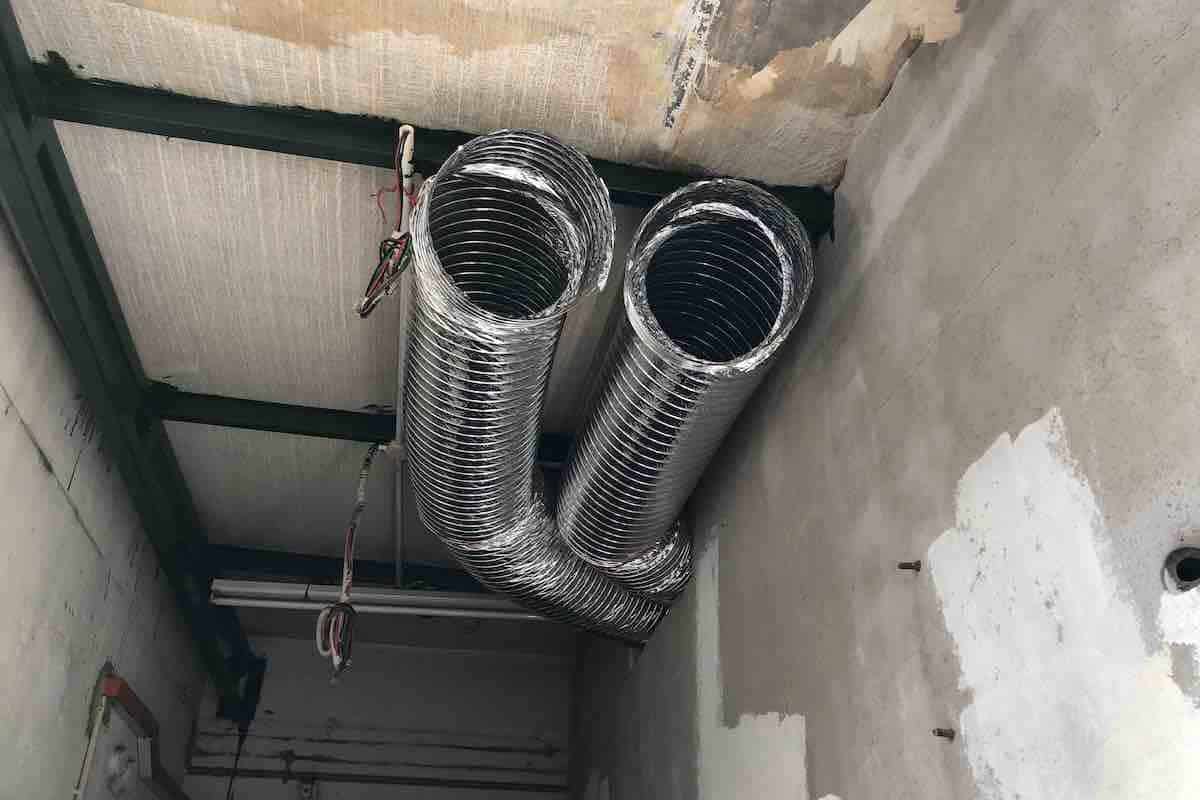
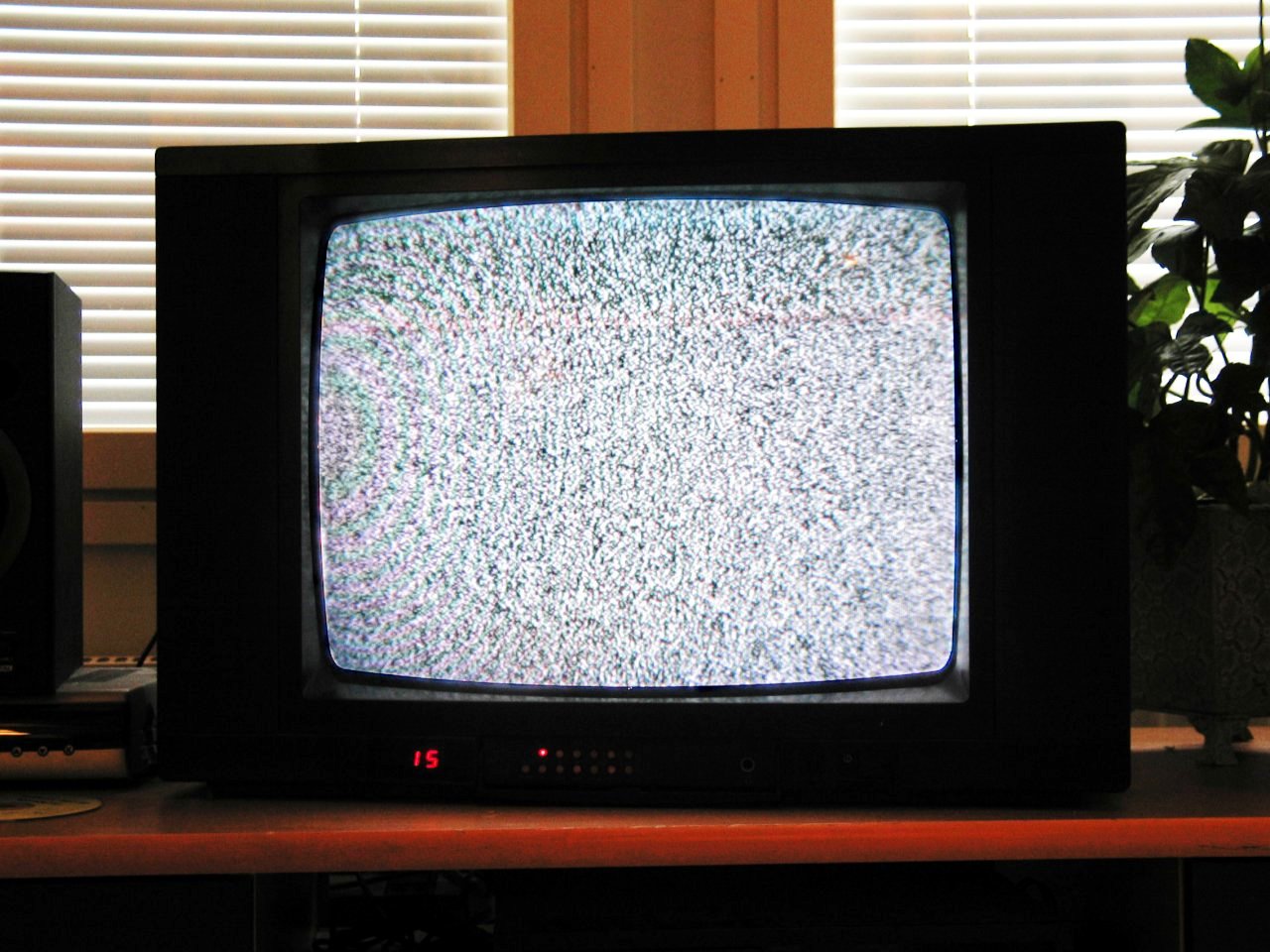

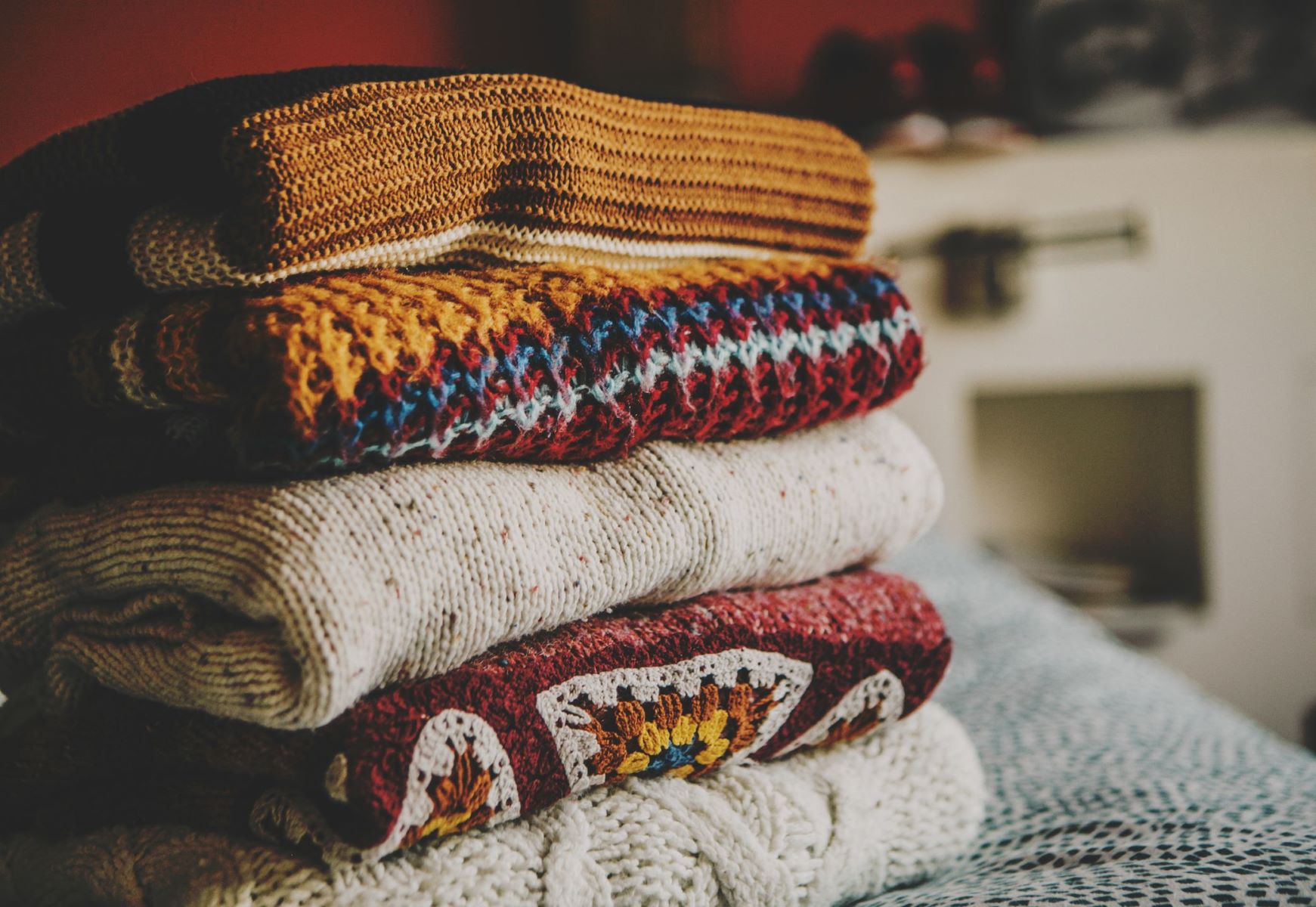

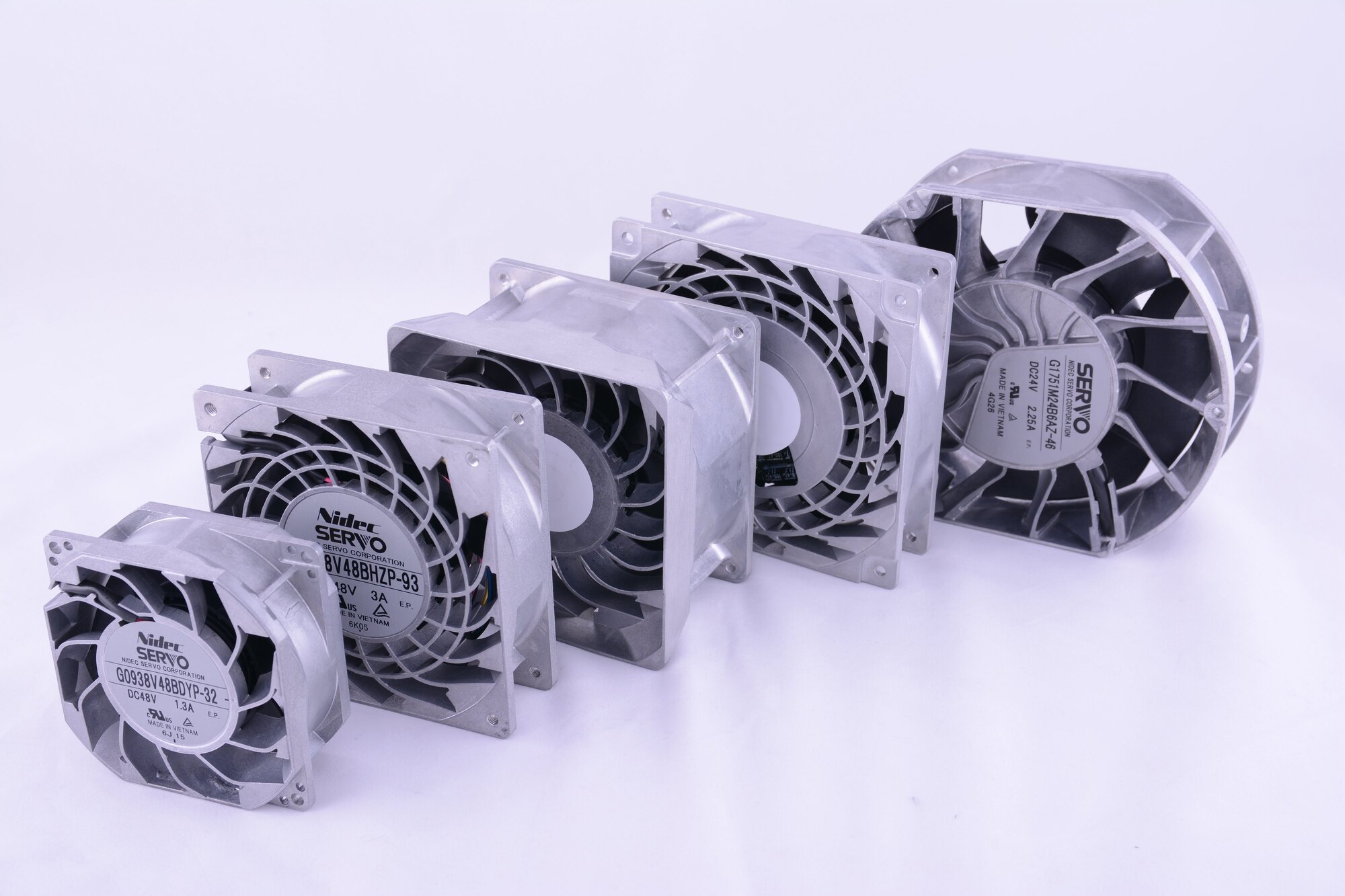

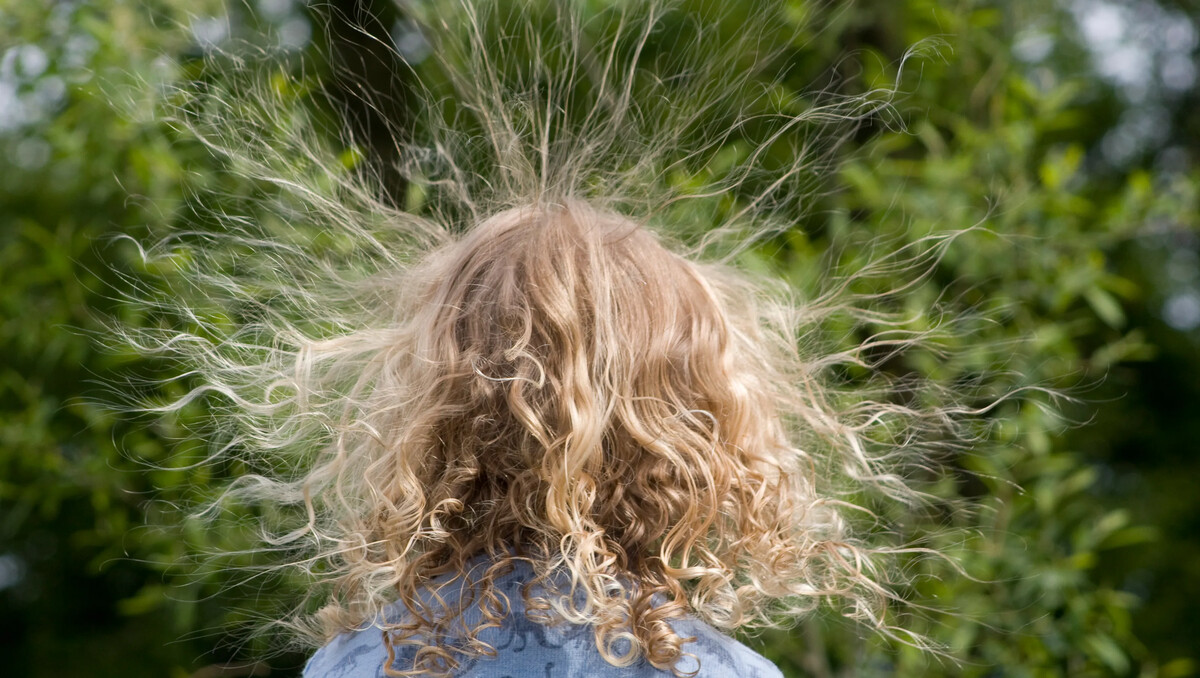
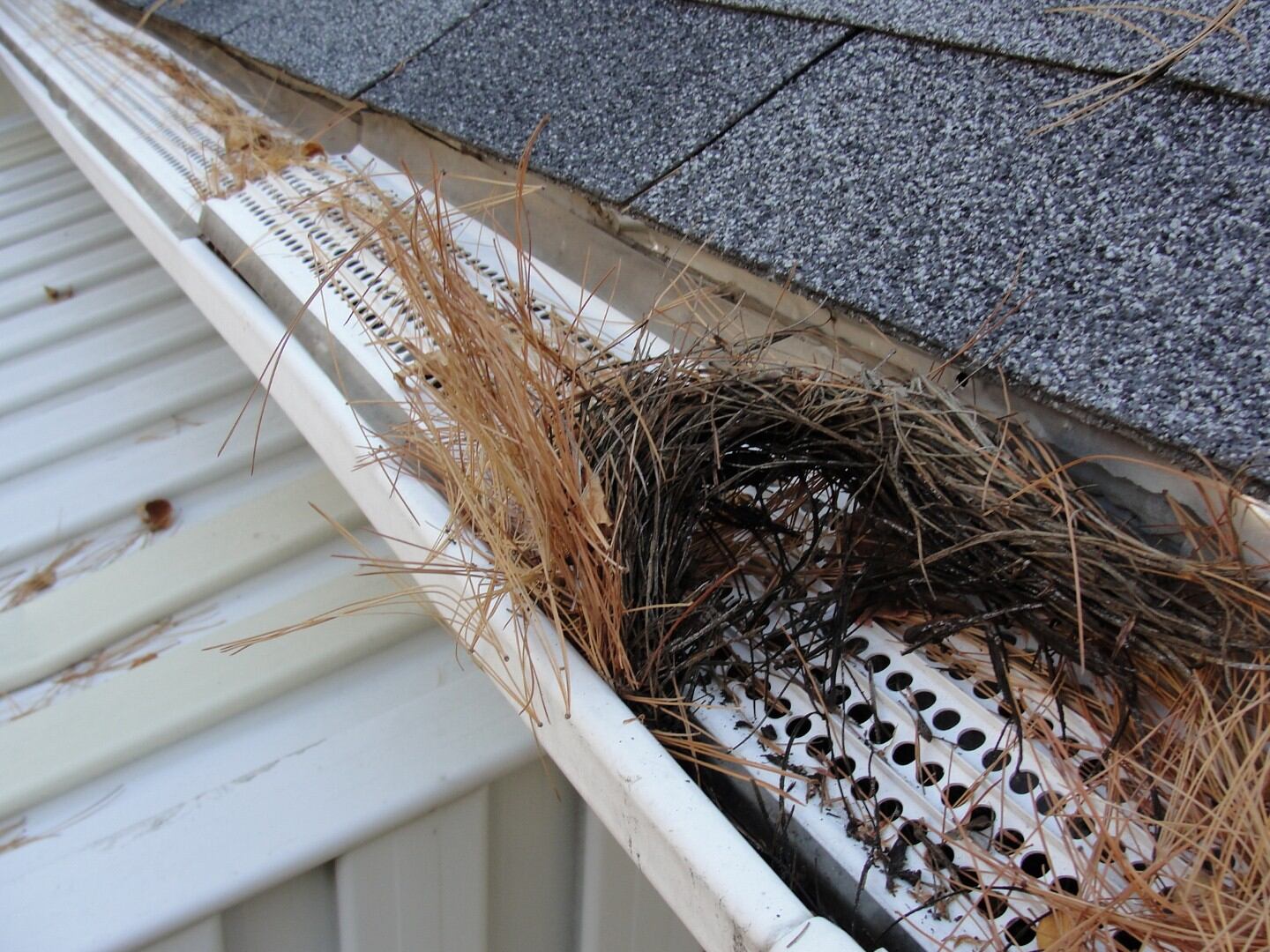
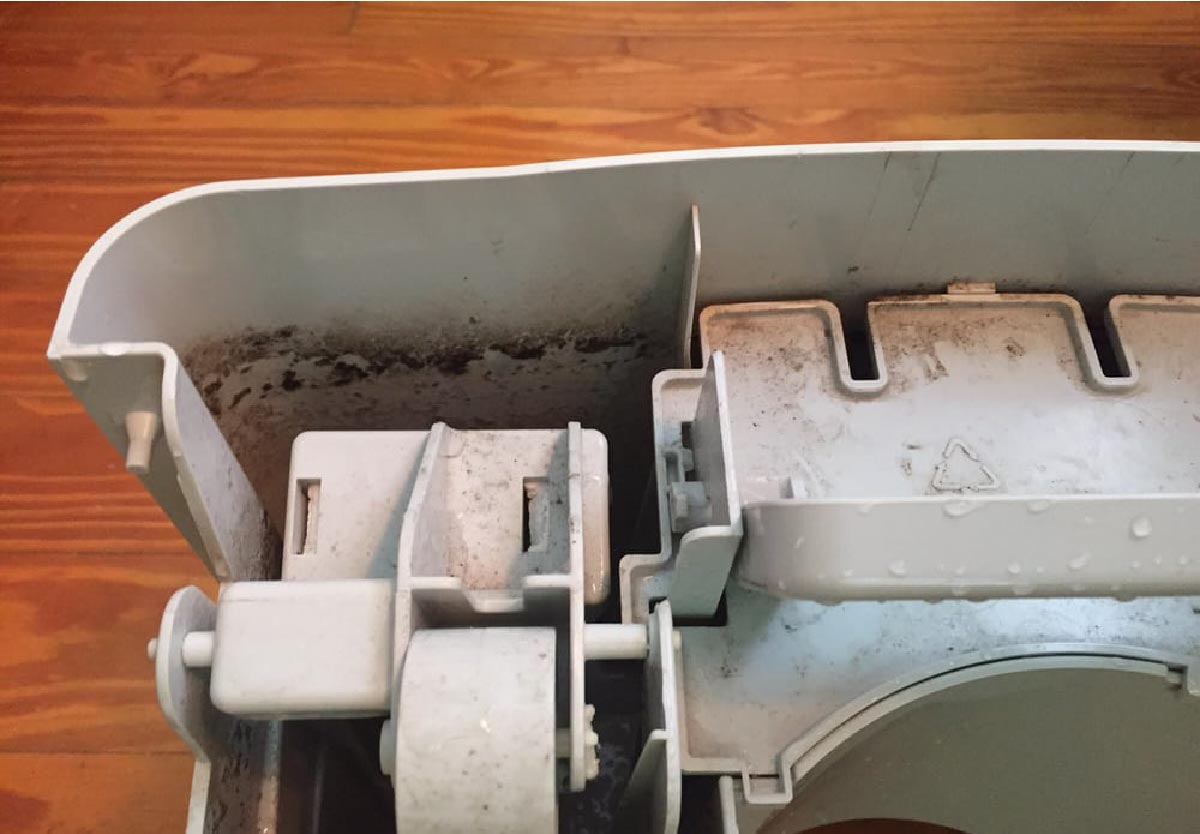
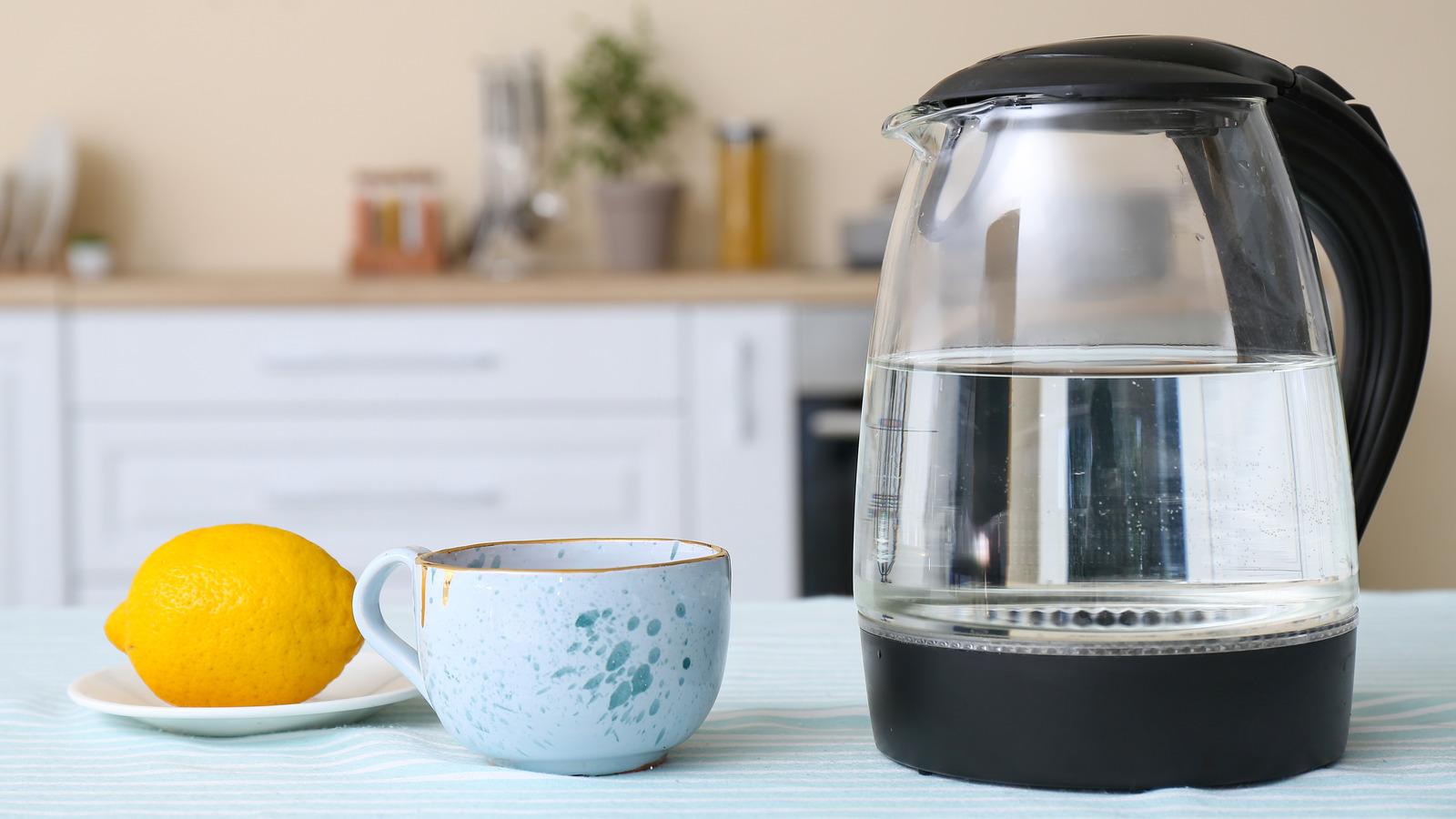

0 thoughts on “How To Prevent Static In Dryer”